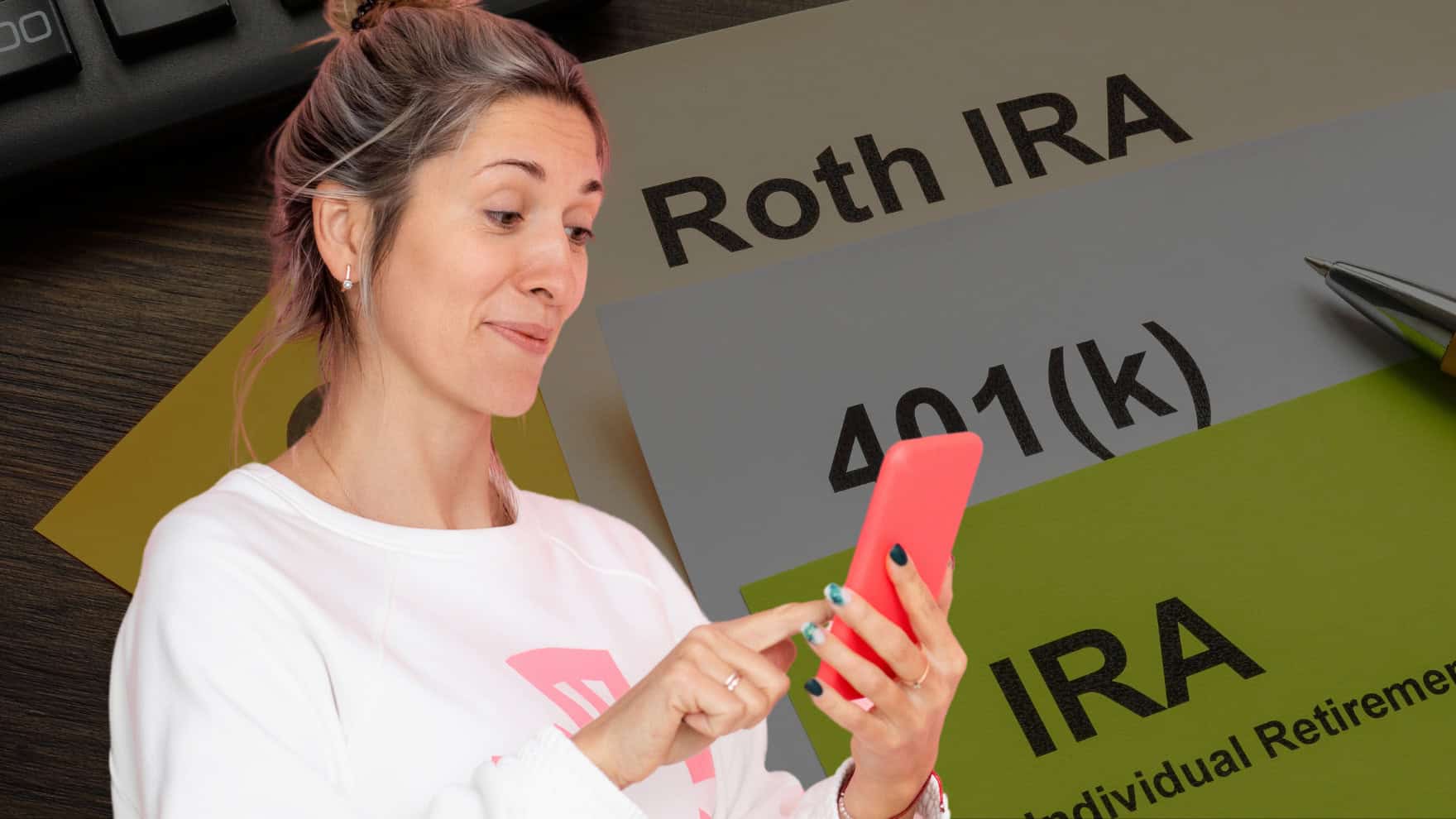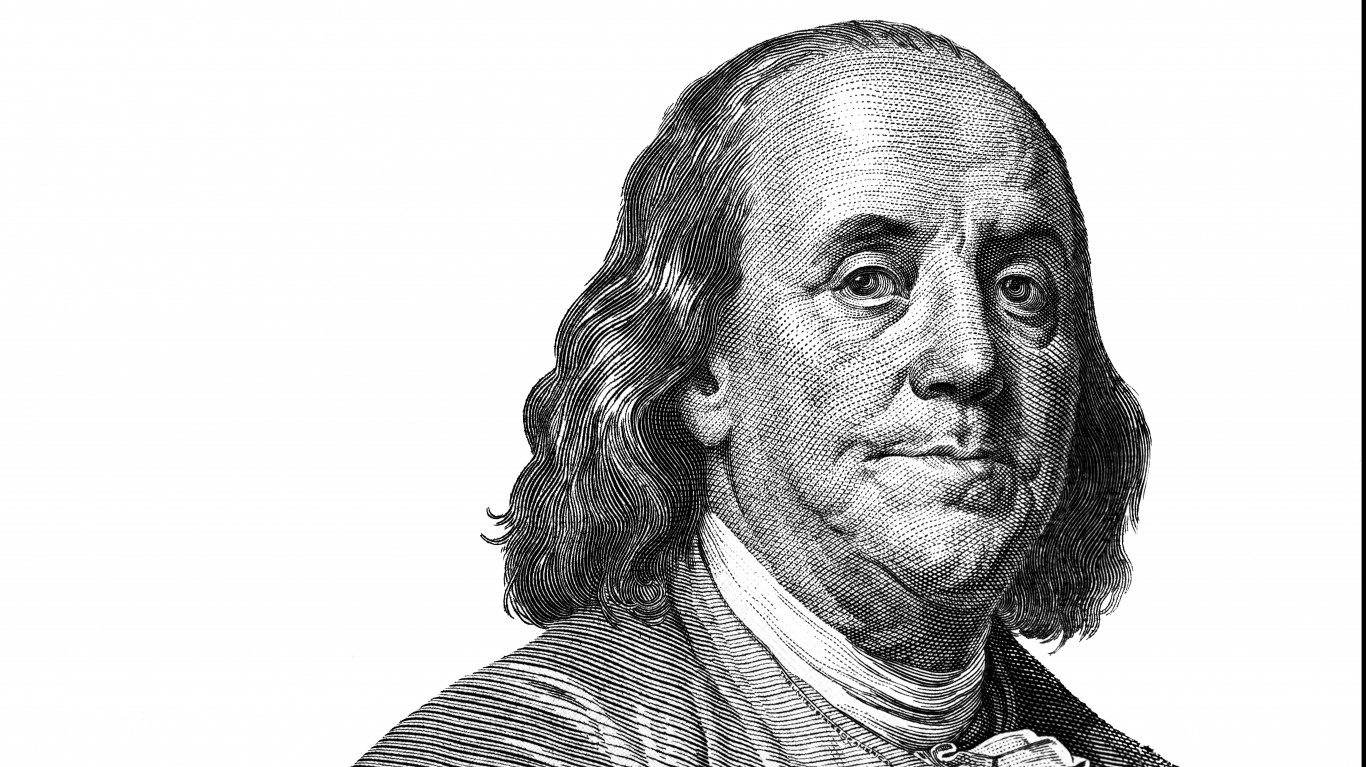Personal Finance
I used to work for minimum wage and was a late starter contributing to my 401(k) but my portfolio is now at $750k - here's my formula

Published:

A famous story goes as follows:
“A greedy King refused to share his vast rice granary storage with the starving villagers. He finally agrees to negotiate with the village’s chosen representative. A young girl who is considered the smartest one in the village, is chosen to meet the king. She asks for 1 grain of rice, doubled each day for 30 days. The king eagerly accepts, thinking the girl a naive, stupid child. At the end of the 30 days, the granary is practically emptied, and the girl’s deal equates to nearly 69,500 kg, or 536.8 million grains of rice.” Such is the power of compounding.
No less a genius than Albert Einstein referred to compounding interest as, “The Eighth Wonder of the World” and “He who understands it, earns it; he who doesn’t, pays it.” Due to its results being best realized over a long period, compounding’s slow but steady process of creating wealth lacks the thrill of high-flying stocks like Nvidia, but have been proven incontrovertibly consistent for centuries. As such, compounding gains with added ammunition from aggressive savings and thrift habits by F.I.R.E. (Financial Independence Retire Early) strategy adherents, are a major component for creating F.I.R.E level retirement nest eggs.

A 48-year-old Reddit poster attested to the power of compounding from personal experience. Despite not starting to save and invest until age 32, the poster started his 401-K while earning minimum wage, yet 16 years later, he grew it from $5,000 to $750,000, attributing much of his success to compounding. He cited the following points gleaned from this experience:
The late Charlie Munger was quoted: “The first rule of compounding: Never interrupt it unnecessarily.” The poster’s experience appears to validate Munger’s observation, and concludes that, “Compounding is real; just give it time and give yourself patience.”
Preplanning for continued growth, emergencies, and principal protection are prudent steps to take once one has been able to build a sizable retirement nest egg.
The poster’s financial education has taken leaps and bounds since he reluctantly started his 401-K some 16 years ago. He has managed his financial assets to continue growing, but also prepare for unexpected contingencies. Some of his steps included:
A number of respondents expressed skepticism on the poster’s portfolio amounts, citing their own situations with higher matching contributions and comparable ETF investments. One respondent noted that one way to turbocharge compounding returns is to include reinvestment of dividends combined with a high dividend ETF:
Another respondent noted that if one starts investing at age 20 instead of 30, the difference mathematically can be worth as much as $500,000.
Retirement can be daunting, but it doesn’t need to be.
Imagine having an expert in your corner to help you with your financial goals. Someone to help you determine if you’re ahead, behind, or right on track. With SmartAsset, that’s not just a dream—it’s reality. This free tool connects you with pre-screened financial advisors who work in your best interests. It’s quick, it’s easy, so take the leap today and start planning smarter!
Don’t waste another minute; get started right here and help your retirement dreams become a retirement reality.
Thank you for reading! Have some feedback for us?
Contact the 24/7 Wall St. editorial team.